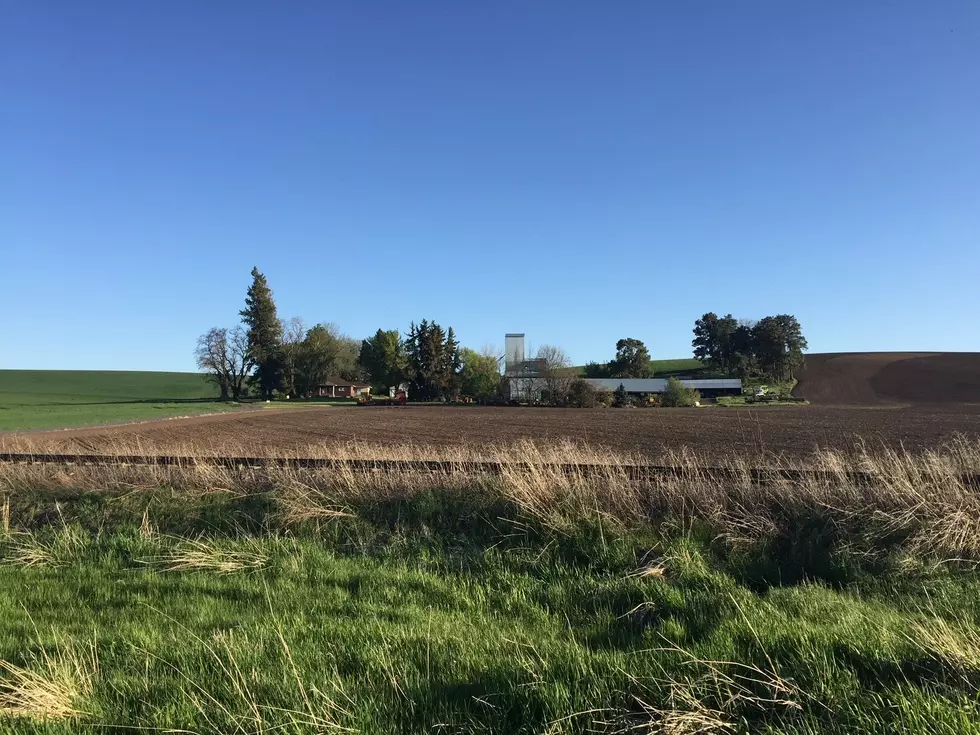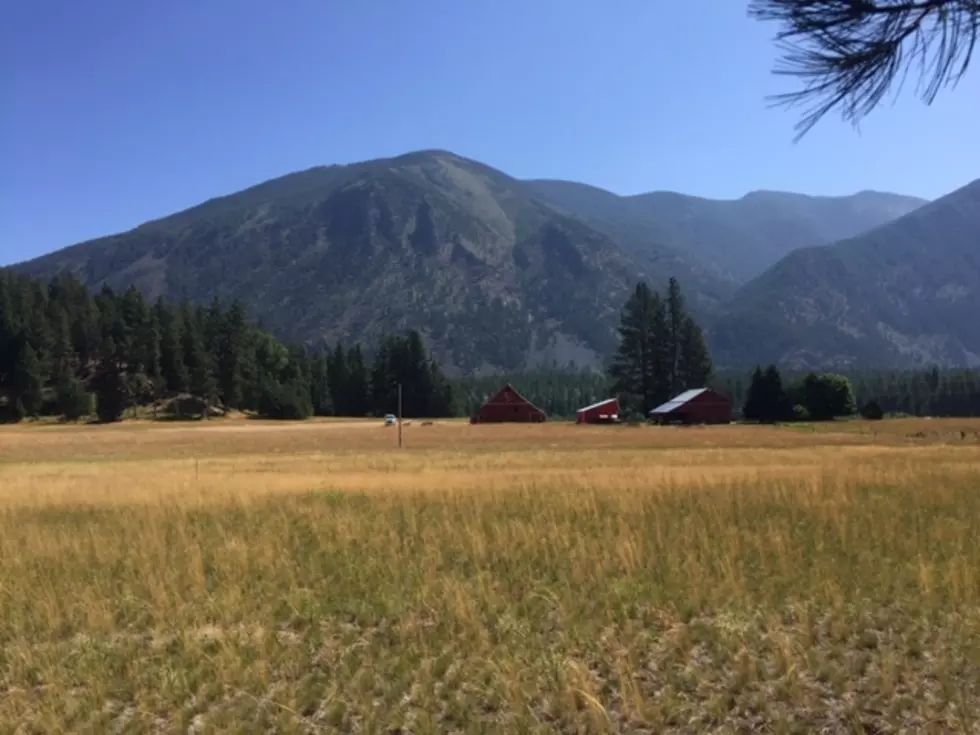
Of Dust Devils and Demons
As you travel across the Pacific Northwest, you will experience many types of landscapes. High deserts, forests, mountains, and coastline. And while you drive these diverse terrains you see it. A field tornado, the tracks of a Tasmanian devil, a field demon: a dust devil.
Dust devils are those swirling pillars of dirt in plowed fields or exposed rangeland. There may be more than one in a field, following a tractor or appearing out of nowhere. Matt Callihan, meteorologist from the National Weather Service office in Pendleton, OR, says it’s all about the variability of soils warming up.
“The air above the ground surface heats differently depending on what it is over like asphalt, grasses, that kind of thing,” Callihan explained. “The air above the ground heats unevenly, faster than the air around it so then that air is going to lift. As that air lifts, air needs to replace where it’s leaving, and then you get positive feedback. As that air gets hot, it lifts, and now you have a column of air rising and once it is fast enough it starts to spin. Depending on how different the temperatures are, that is going to lead to a stronger dust devil.”
Conditions need to be just right for a dust devil to pop up. Callihan says the best set up is a sunny day with little to no wind otherwise the gusts will break up the pattern. A dust devil may create a small amount of wind, but it ultimately means there is a lot of warming happening just above the ground.
Now the column of air has reached great heights, do we have a tornado on our hands? The answer is no. Dust devils are relatively harmless, but some have been known to cause wind damage or injury.
“Talking about tornadoes, that’s a totally different situation,” Callihan said. “That’s created on an updraft of air feeding into a thunderstorm, and it gets so strong that it allows for that spin to occur, where a dust devil is more that the ground is heating unevenly and that a little pocket here is warmer than a little pocket there and so the first pocket is going to rise. With a tornado, the storm is actually sucking the air into the storm and happens at such a velocity it starts spinning.”
Callihan also mentions that it is highly unlikely for a dust devil to turn into a tornado because they happen in very different conditions. He also reminds farmers, onlookers, and anyone caught in these situations that it is possible for damage to occur. Everyone is reminded to contact the National Weather Service if you see major dust devils or tornados happening.
“That gives us a lot of insight into not only the current weather, but also the forecast for the next hour or throughout the day. You will want to stay safe and stay away from it but if you can, give us a call and let us know what’s happening. That will really help us out.”
No, that mini-tornado isn’t going to blow the house down, a cartoon character isn’t coming to gobble up your lunch, but a dust devil roams the PNW farmland carefree just looking for a place to settle.
Sources: National Weather Service - Pendleton, OR, PNW Ag Network
SEE INSIDE: Oregon's Nestucca Sea Ranch with it's Own Lighthouse
More From PNW Ag Network









